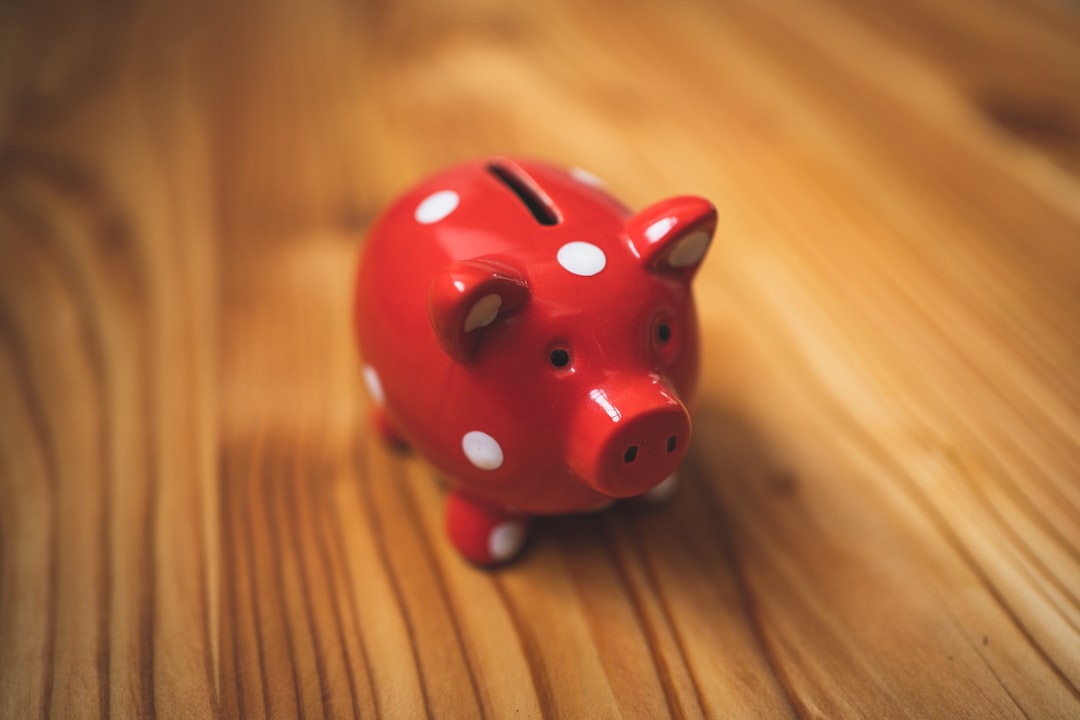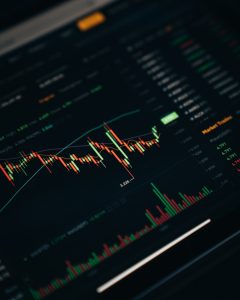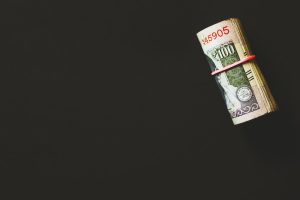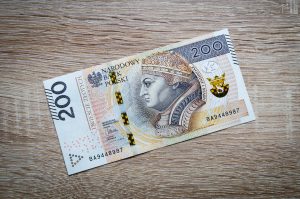The Sharpe ratio is a widely used tool for calculating the risk-adjusted return of an investment. It is a measure of the excess return generated by an investment relative to the level of risk taken to generate that return. In the context of forex trading, the Sharpe ratio is an important metric for evaluating the performance of a trading strategy.
What is the Sharpe Ratio?
The Sharpe ratio was developed by Nobel laureate William Sharpe in the 1960s. It is a measure of the excess return generated by an investment relative to the level of risk taken to generate that return. The Sharpe ratio is calculated by subtracting the risk-free rate of return from the investment’s return, and then dividing that result by the investment’s standard deviation.
Sharpe Ratio = (Return – Risk-Free Rate) / Standard Deviation
The risk-free rate used in the Sharpe ratio calculation is typically the yield on a government bond or other low-risk investment. The standard deviation represents the volatility of the investment’s returns.
A higher Sharpe ratio indicates that an investment generates higher returns per unit of risk taken. A Sharpe ratio of 1 or higher is considered good, while a ratio of 2 or higher is considered excellent.
What is a Good Sharpe Ratio for Forex?
In forex trading, a good Sharpe ratio is typically considered to be above 1. A Sharpe ratio of 1 or higher indicates that a trading strategy is generating positive returns relative to the level of risk taken to generate those returns.
However, it is important to note that the Sharpe ratio is not a standalone metric. It should be used in conjunction with other performance metrics, such as the maximum drawdown and the win rate, to evaluate the overall effectiveness of a trading strategy.
A high Sharpe ratio can be achieved by either generating higher returns or by taking less risk. A trading strategy that generates high returns with low risk is ideal, but such strategies are rare. Most trading strategies involve some level of risk, and the key is to find a strategy that balances risk and reward effectively.
Factors that Affect the Sharpe Ratio
Several factors can affect the Sharpe ratio of a forex trading strategy. These include:
1. Return on Investment: The higher the return generated by a trading strategy, the higher the Sharpe ratio will be.
2. Risk: The higher the risk taken to generate returns, the lower the Sharpe ratio will be.
3. Volatility: The higher the volatility of a trading strategy’s returns, the lower the Sharpe ratio will be.
4. Timeframe: The longer the timeframe over which returns are calculated, the higher the Sharpe ratio will be.
5. Leverage: The higher the leverage used in a trading strategy, the higher the risk and the lower the Sharpe ratio will be.
Conclusion
The Sharpe ratio is an important metric for evaluating the performance of a forex trading strategy. A good Sharpe ratio is typically considered to be above 1, indicating that a trading strategy is generating positive returns relative to the level of risk taken to generate those returns. However, it is important to evaluate the Sharpe ratio in conjunction with other performance metrics to get a complete picture of the effectiveness of a trading strategy. Ultimately, the key to achieving a good Sharpe ratio is to find a strategy that balances risk and reward effectively.





